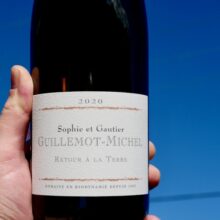
Product information
Domaine Guillemot-Michel Viré-Clessé ‘Retour a la Terre’ 2020
$131
Description
The name translates to ‘Return to Earth’. Trying this next to the other non-amphora wines, I wonder what impact fermenting in these clary vessels has. While it appears a little more developed. Kelley’s note is on the money. I feel like the chalky texture may be derived to some degree from the amphora. Without trying a control it’s impossible to say. Much pleasure to be had here with the very fresh marmalade notes, flowers and beyond. Transparent and delicate.
Guillemot-Michel makes Chardonnay of great purity and precision, layered and full of personality.
Notes of clear honey, freshly baked bread, orange blossom and waxy citrus fruits introduce the 2020 Viré-Clessé Retour à la Terre, a medium to full-bodied, ample and textural wine framed by racy acids and chalky structure. As readers may remember, this bottling derives from old vines growing in a clay-rich parcel whose grapes were vinified in clay amphora.
William Kelley, The Wine Advocate 93 Points
In stock
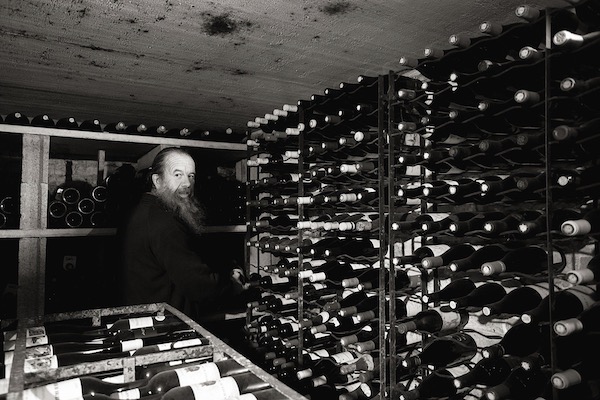
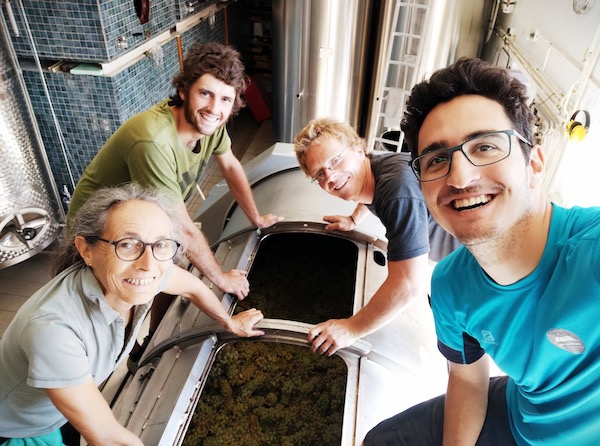
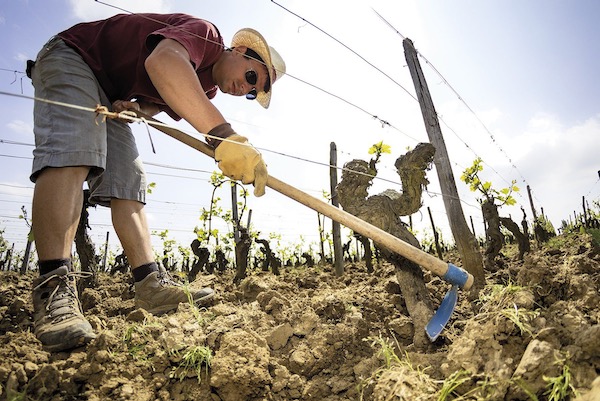
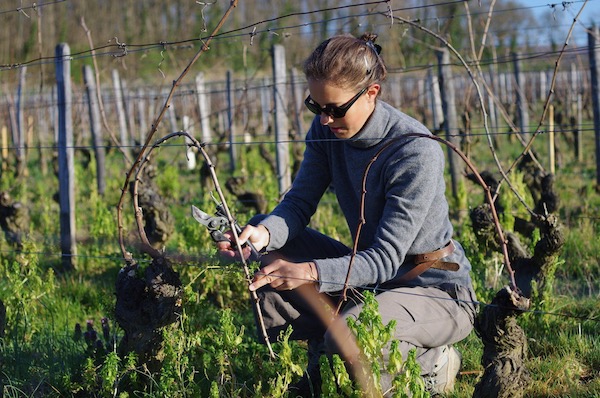
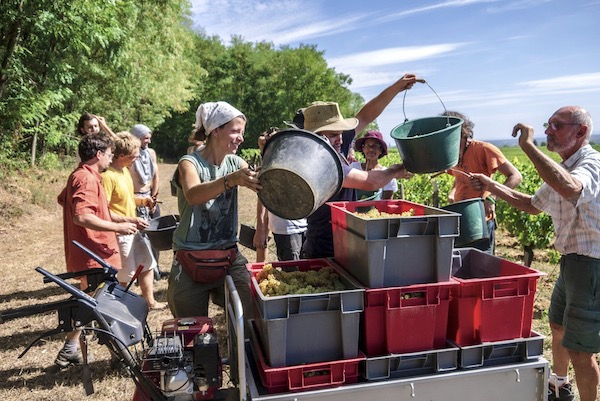
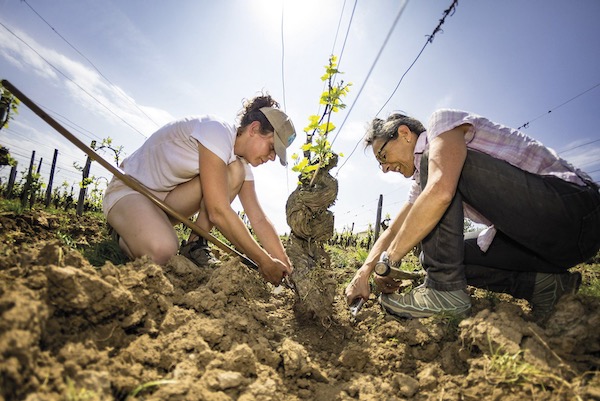
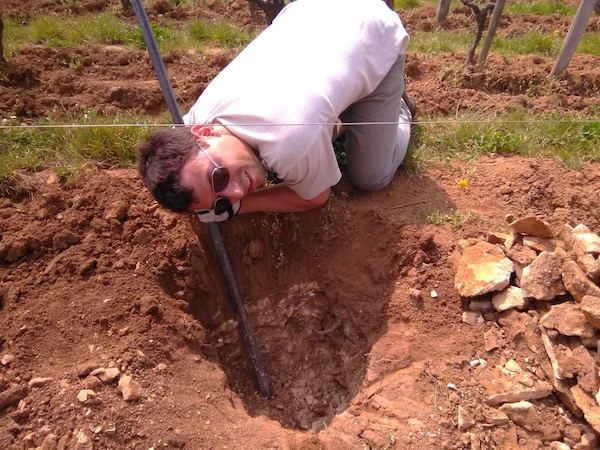
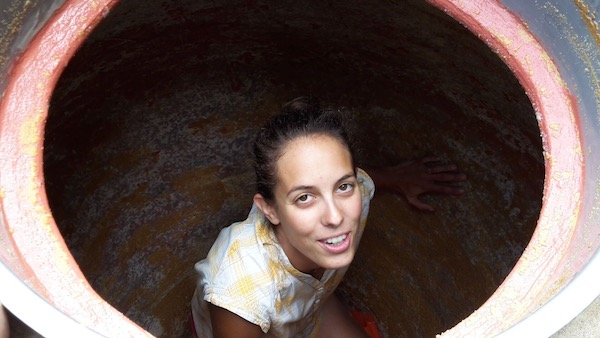
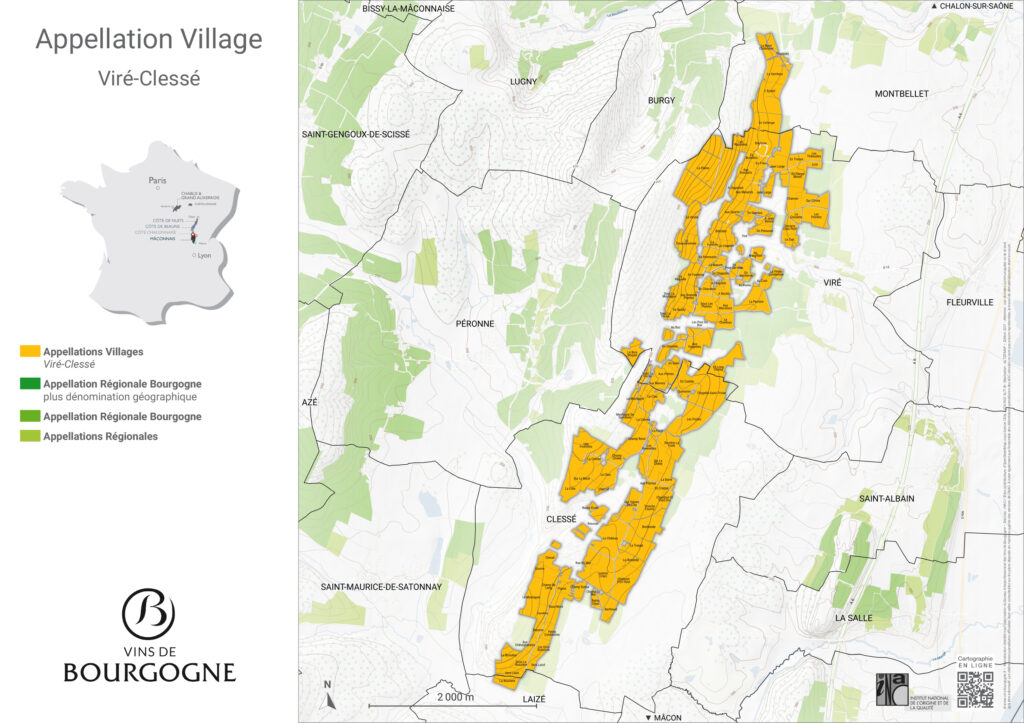
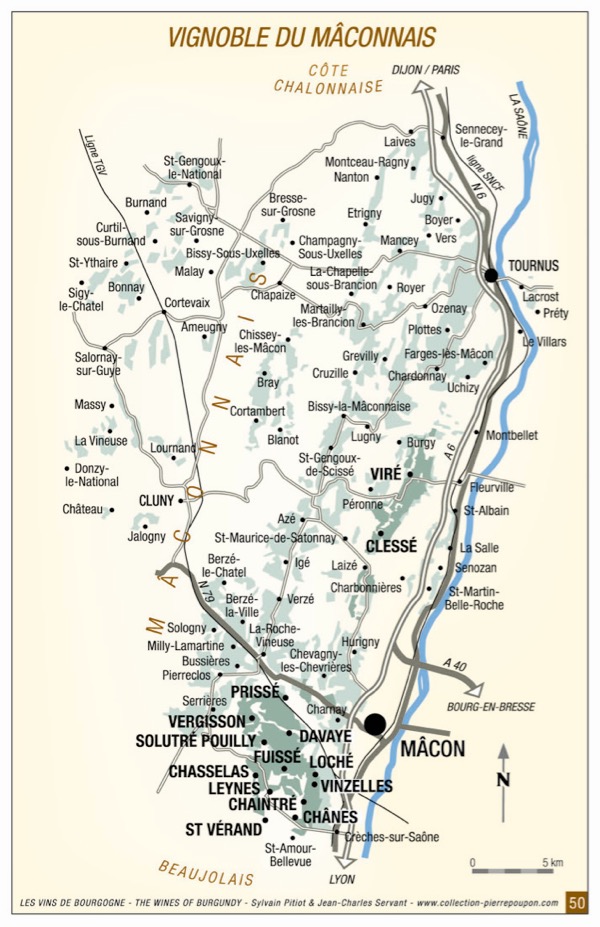
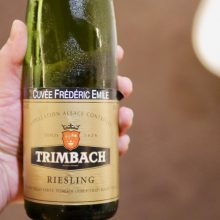
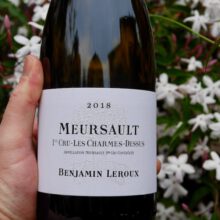
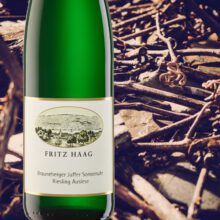

You must be logged in to post a comment.